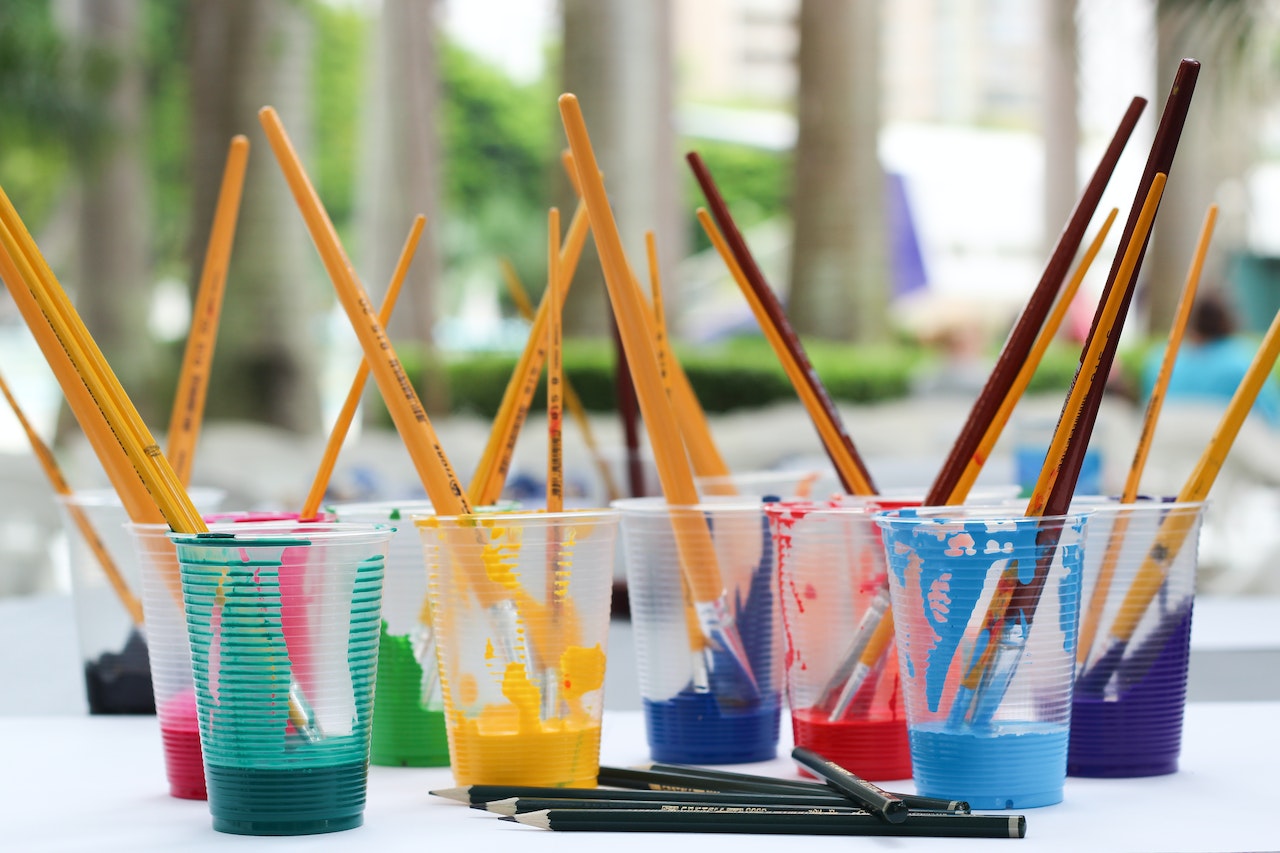Art is a universal language, transcending boundaries and cultures, and has been a fundamental part of human expression for as long as we can trace our history. From the intricate cave paintings of our ancestors to the contemporary digital masterpieces of today, art has always served as a mirror to our world, reflecting the beauty, struggles, and emotions that define our existence. In this blog post, we embark on a journey to explore the timeless power of art, the diverse forms it takes, and the profound impact it has on our lives.
- The Essence of Art
Art is not confined to a single definition. It takes countless forms, from painting and sculpture to literature, music, dance, and even culinary arts. Each medium offers a unique way to channel emotions, ideas, and perspectives. It allows artists to communicate with their audience in a way that words alone cannot. As Pablo Picasso once said, “Art washes away from the soul the dust of everyday life.” Art is a means to transcend the ordinary and delve into the extraordinary.
- A Gateway to Emotion
One of the most powerful aspects of art is its ability to evoke emotions. A painting, for instance, can transport you to another time or place, stir feelings of joy, sadness, nostalgia, or contemplation. A song can make your heart race or bring you to tears. Artists often use their work as a medium to express their innermost thoughts and feelings, allowing viewers to connect with those emotions on a personal level. Art serves as a channel for empathy, forging connections among people who may never have met otherwise.
- Shaping Culture and Society
Throughout history, art has played a pivotal role in shaping culture and society. From the Renaissance period’s profound impact on European thought and aesthetics to the counterculture movements of the 1960s, art has influenced and mirrored societal values, beliefs, and changes. It has been used to challenge the status quo, voice dissent, and raise awareness of important issues. Art is a powerful tool for sparking dialogue and fostering change.
- Creativity and Innovation
Art is the embodiment of human creativity. Artists push the boundaries of what is possible, continually breaking new ground in their chosen medium. This creative spirit doesn’t just apply to the world of art but extends to all aspects of human endeavor. The innovations and problem-solving skills honed by artists have inspired scientific breakthroughs, technological advancements, and countless other fields.
- Therapeutic and Healing Properties
Art therapy is a recognized form of psychological therapy. Engaging in creative activities can help individuals process their emotions, reduce stress, and improve mental well-being. It provides an outlet for self-expression and self-discovery. Many people find solace in creating art, whether it’s through painting, writing, or crafting, as it allows them to release pent-up emotions and find a sense of balance.
Conclusion
Art is an indomitable force in the human experience. It reflects our history, emotions, culture, and creativity. It shapes society, inspires innovation, and offers therapeutic benefits. In every form, art speaks to our souls, inviting us to see the world from a different perspective and connect with the shared human experience. As we continue to create, appreciate, and support art in its many forms, we ensure that this timeless power endures, enlightens, and enriches generations to come. Art is not a luxury but an essential aspect of the human condition. It is a testament to the beauty of our existence and a vehicle for our shared journey through time.

